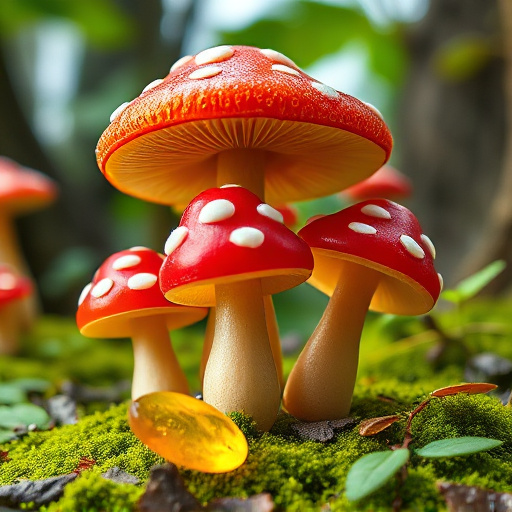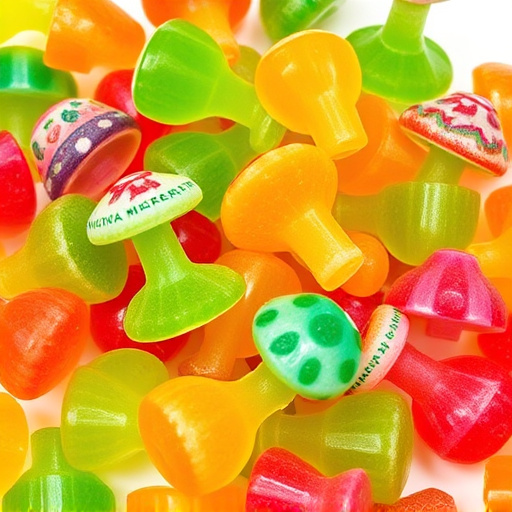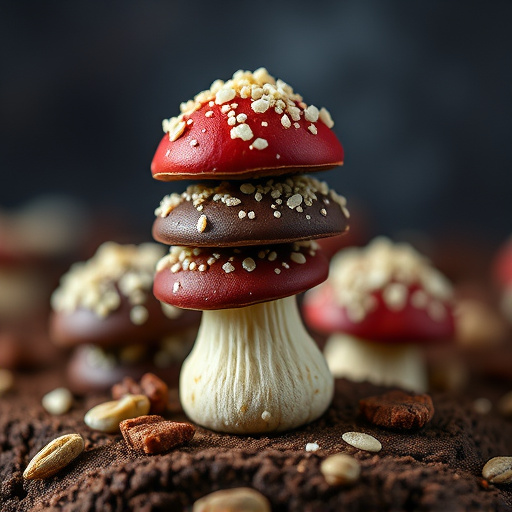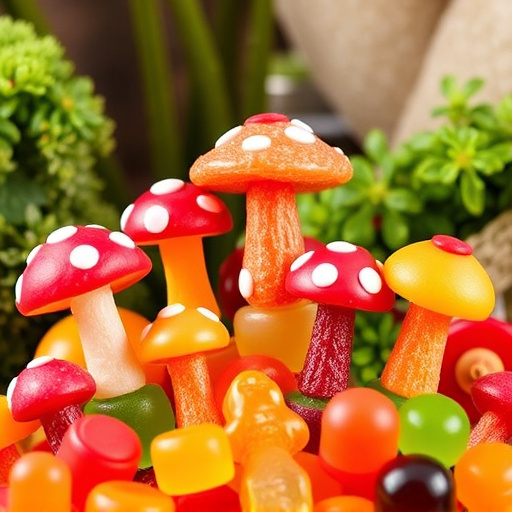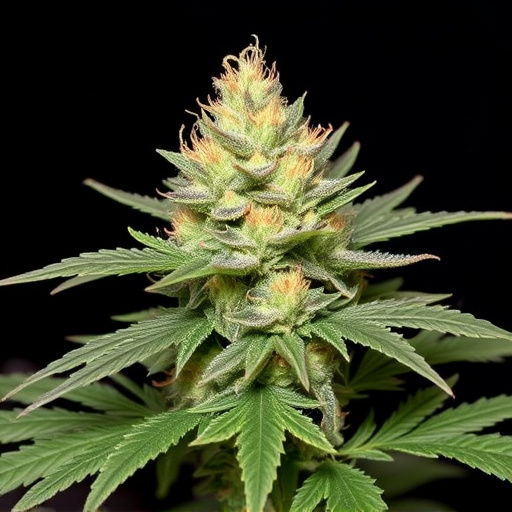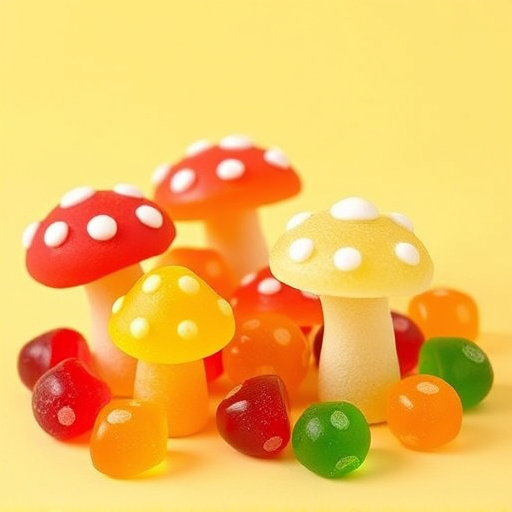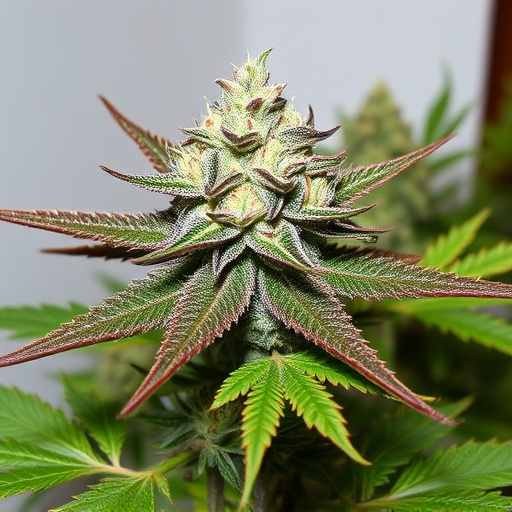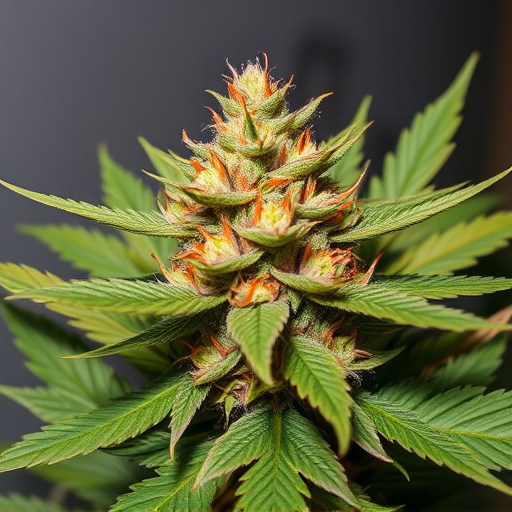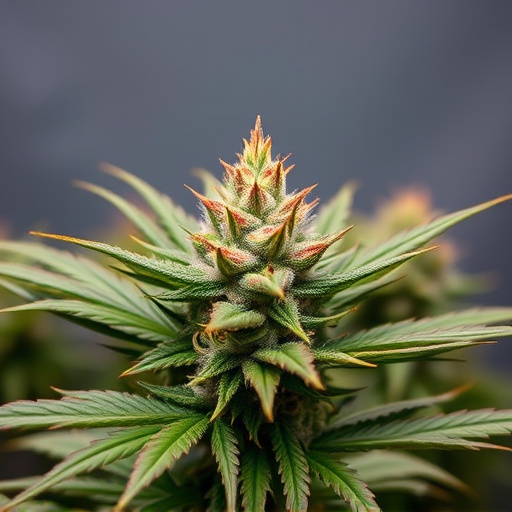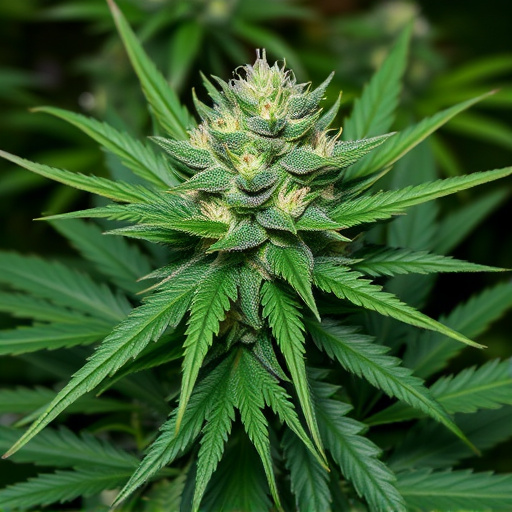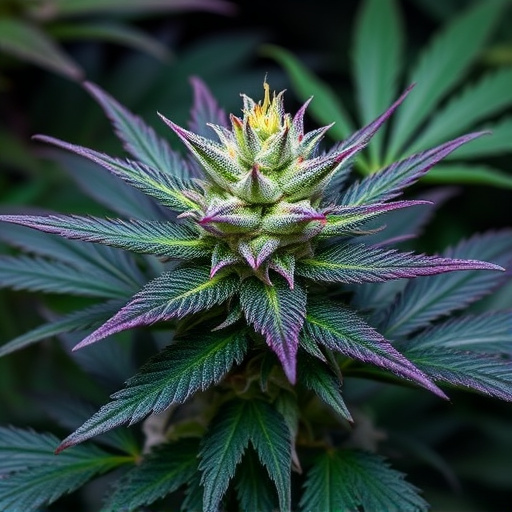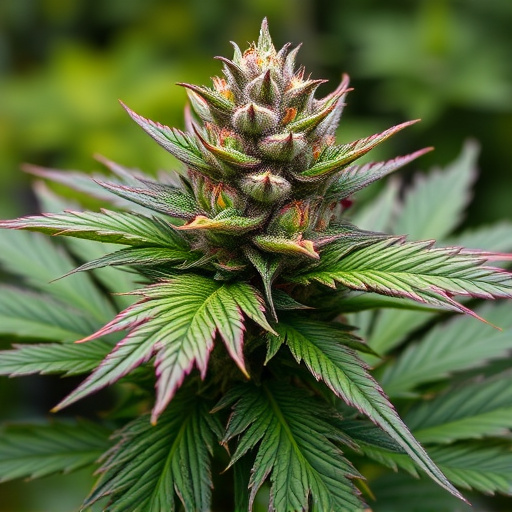Cannabis aging reduces its potency due to oxidation and handling, with high THC strains depleting faster. Storage in airtight containers prolongs potency. "Best looking cannabis strains" visually appealing but lab testing is crucial for their active compounds like THC and CBD. While appearance attracts users, potency depends on more than visual attributes.
Can old weed still get you high? Despite popular belief, aged cannabis doesn’t automatically mean a weaker high. In fact, understanding cannabis aging and its impact on potency is crucial. This article explores the science behind the high, focusing on terpenes and cannabinoids, to uncover how they influence the experience. We also delve into the question: are best-looking cannabis strains still effective when older? Get ready for a deeper look at what makes cannabis potent, regardless of age.
- Understanding Cannabis Aging and Potency
- The Science Behind the High: Terpenes and Cannabinoids
- Best Looking Cannabis Strains: Are They Still Effective?
Understanding Cannabis Aging and Potency

Cannabis, like many plants, undergoes a process of aging that can significantly impact its potency and effects. When cannabis flowers are harvested, they contain a variety of compounds known as cannabinoids, including THC (tetrahydrocannabinol) and CBD (cannabidiol), which are responsible for their psychoactive properties. Over time, these cannabinoids can degrade or convert into other compounds, leading to potential changes in the plant’s potency.
One factor contributing to cannabis aging is oxidation, where exposure to oxygen and light causes the degradation of cannabinoids. Old weed may still contain detectable levels of THC, but its potency could be significantly lower compared to freshly harvested plants. This is especially true for best-looking cannabis strains known for their high THC content, as they tend to lose potency faster due to their popularity and frequent handling. Proper storage in airtight containers, away from light and oxygen, can help preserve the plant’s potency for a more extended period.
The Science Behind the High: Terpenes and Cannabinoids

The experience of getting “high” from cannabis isn’t just about the notorious THC (tetrahydrocannabinol), although it’s a significant player. The complexity of the high is largely attributed to a diverse range of chemical compounds present in the plant, including terpenes and cannabinoids. Terpenes, often considered the aroma molecules of cannabis, contribute significantly to its flavor profile and can also interact with cannabinoids, enhancing or modifying their effects.
Cannabinoids like THC and CBD (cannabidiol) bind to specific receptors in our bodies, triggering a cascade of reactions that lead to the characteristic euphoria and physiological changes associated with a cannabis high. The unique combination of terpenes and cannabinoids in different cannabis strains is what gives rise to the wide range of experiences—from relaxed and calming to energizing and euphoric—that users may encounter when enjoying the best-looking cannabis strains.
Best Looking Cannabis Strains: Are They Still Effective?
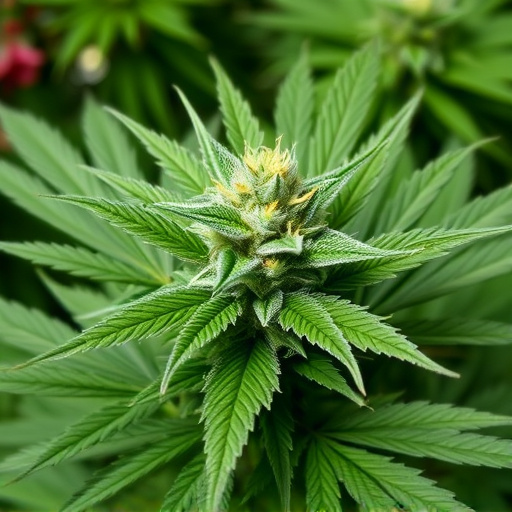
When it comes to the world of cannabis, aesthetics play a significant role in marketing and popularity. The industry has seen a surge in the promotion of “best looking cannabis strains,” often boasting vibrant green colors, unique shapes, and impressive trichome coverage. While these visual attributes can be enticing, it’s essential to remember that appearance doesn’t always guarantee potency or effectiveness.
The focus on visually appealing strains might lead some users to believe that these are superior in quality. However, the active compounds in cannabis—such as THC and CBD—are not directly correlated with the strain’s physical characteristics. Laboratory testing is crucial to determine a strain’s exact composition and potency. Thus, while a bud may look spectacular, its ability to get you high or provide therapeutic effects depends on more than just its best-looking appearance.
While age can affect the potency of cannabis, particularly through cannabinoid degradation, it doesn’t necessarily mean old weed can’t still get you high. The key lies in understanding terpene profiles and choosing the right strains. Even among so-called “best looking cannabis strains,” effectiveness isn’t solely determined by appearance but also by the preservation of active compounds. By selecting strains known for higher terpene concentrations and specific cannabinoid profiles, users can enjoy a potent and pleasurable experience, regardless of the plant’s age.
